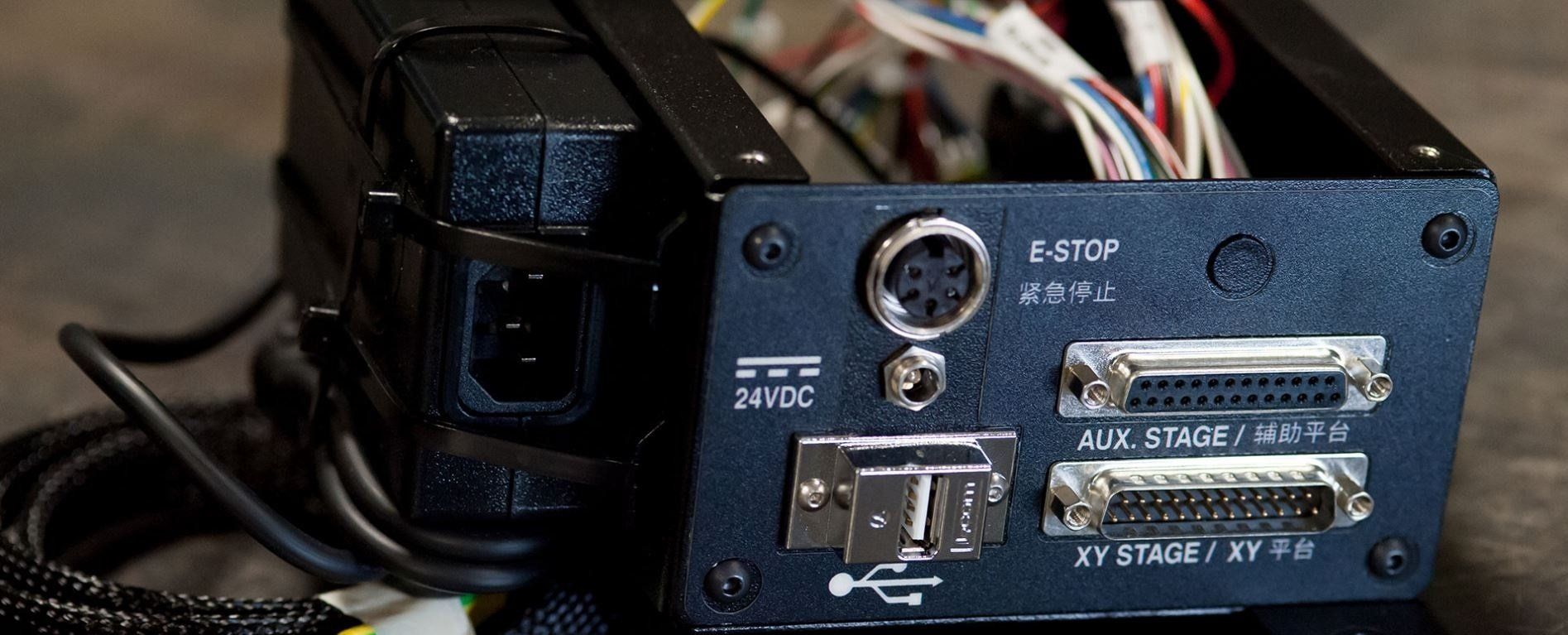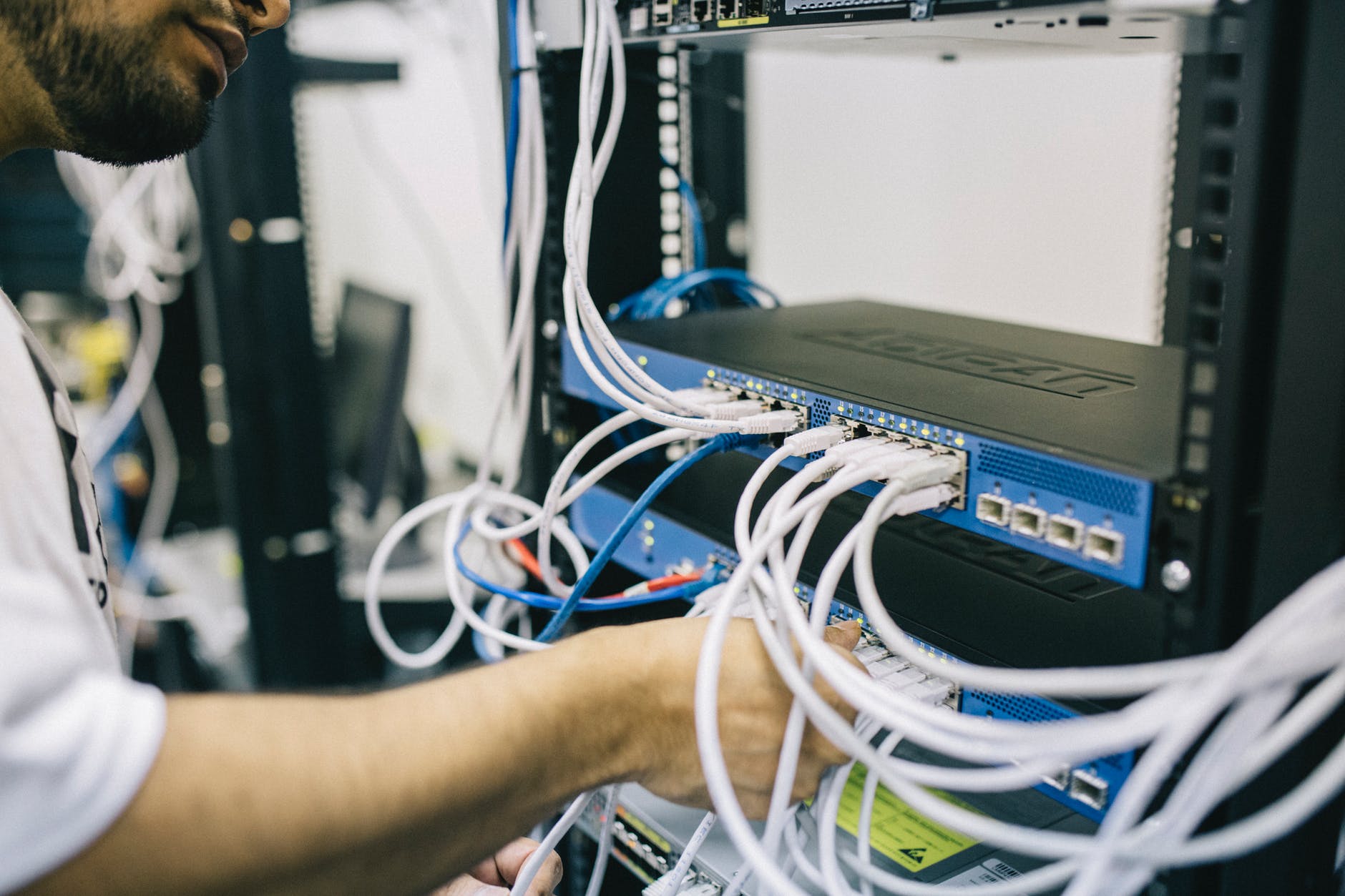The Evolution of Automotive Electronics: Trends and Advancements
The Evolution of Automotive Electronics: Trends and Advancements
The automotive industry has undergone significant transformations over the years, and one of the key drivers of this change has been the rapid evolution of automotive electronics. From simple radio systems to complex advanced driver-assistance systems (ADAS), electronics have become an integral part of modern vehicles.
In this blog, we'll explore the trends and advancements that are shaping the future of automotive electronics.
The Early Days of Automotive Electronics
The first electronic systems in vehicles were introduced in the 1950s and 1960s, with the advent of radio systems, heaters, and basic ignition systems. These early systems were relatively simple and consisted of a few discrete components.
The Rise of Microcontrollers and Engine Control Units (ECUs)
The 1970s and 1980s saw the introduction of microcontrollers and ECUs, which revolutionized the automotive electronics landscape. Microcontrollers enabled the development of more complex systems, such as anti-lock braking systems (ABS) and traction control systems (TCS).
The Advent of Advanced Driver-Assistance Systems (ADAS)
The 1990s and 2000s witnessed the emergence of ADAS, which rely heavily on advanced electronics and sensors. Systems like adaptive cruise control, lane departure warning, and automatic emergency braking have become increasingly common in modern vehicles.
Current Trends and Advancements
1. Electrification and Autonomous Vehicles: The shift towards electric and autonomous vehicles is driving the development of more advanced electronics, including high-performance computing platforms and sophisticated sensor systems.
2. Connectivity and IoT: The increasing demand for connected cars and IoT-enabled vehicles is driving the adoption of advanced wireless communication technologies, such as 5G and Wi-Fi.
3. Artificial Intelligence and Machine Learning: AI and ML are being increasingly used in automotive electronics to enable advanced features like predictive maintenance, driver monitoring, and personalized infotainment.
4. Cybersecurity: As vehicles become more connected and reliant on electronics, cybersecurity is becoming a major concern. Automotive manufacturers are investing heavily in developing robust cybersecurity measures to protect against hacking and other threats.
Future Outlook
The future of automotive electronics looks promising, with emerging trends like:
1. Vehicle-to-Everything (V2X) Communication: Enables vehicles to communicate with other vehicles, infrastructure, and pedestrians.
2. Augmented Reality and Virtual Reality: Enhances the driving experience with immersive and interactive displays.
3. Quantum Computing: Enables faster and more secure processing of complex data.
In conclusion, the evolution of automotive electronics has been remarkable, and the future looks even more exciting. As technology continues to advance, we can expect to see even more innovative and sophisticated electronic systems in vehicles.








